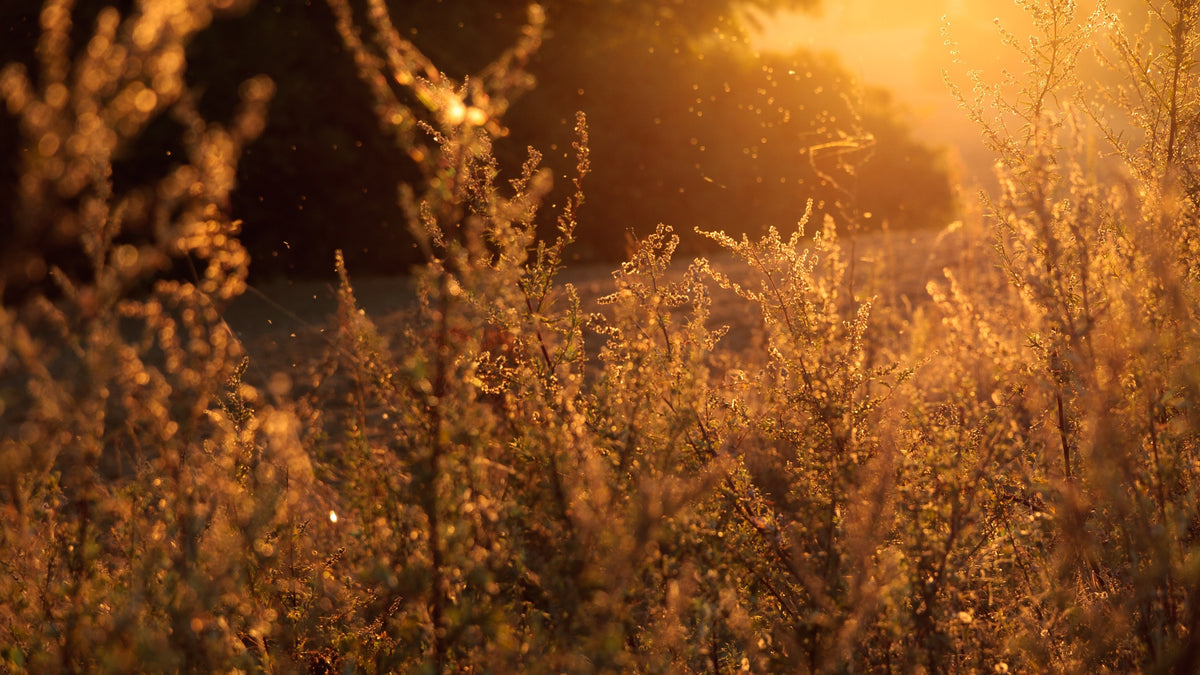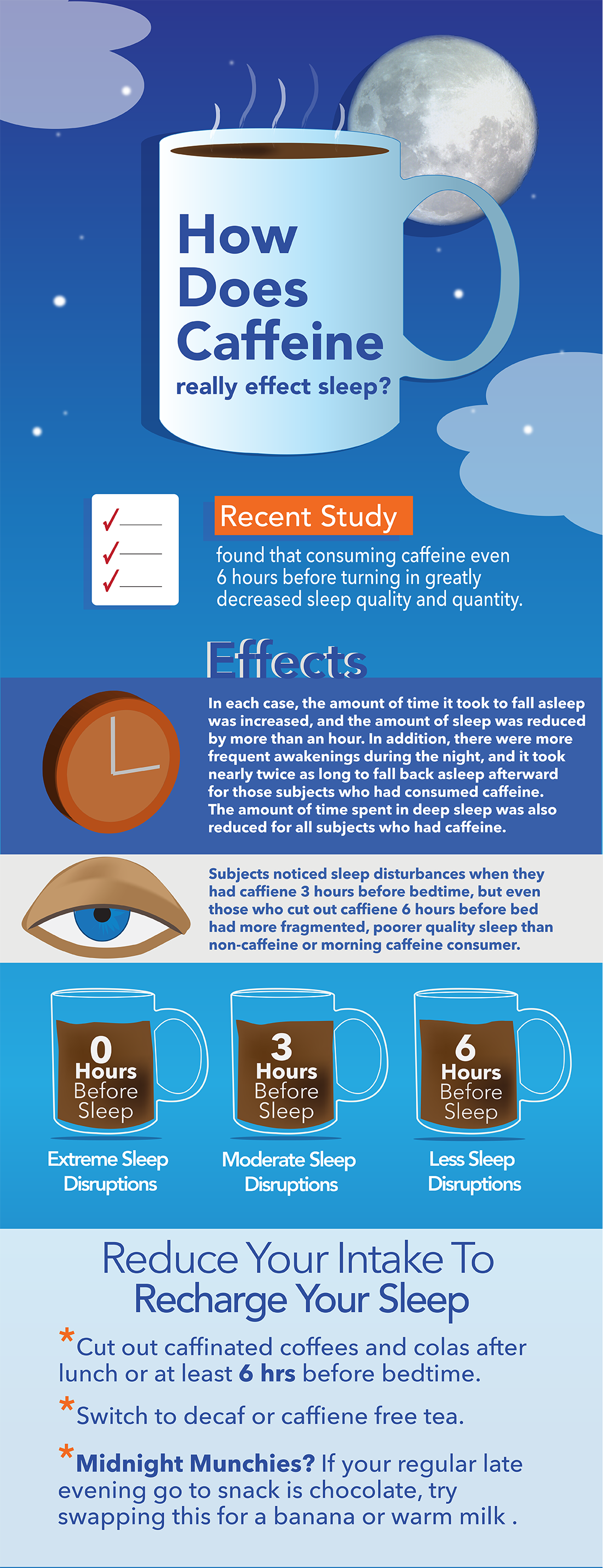

Last medically reviewed on December 16, 2019

Now, it’s time to drink! But not too much. If you’re concerned about the amount in your kombucha, be sure to read the bottle label to get a sense off the caffeine content and other ingredients that can affect the concentration.ĭrinking less than a one 8-ounce serving or opting for kombucha made with decaffeinated teas can also ensure you consume less caffeine.
:max_bytes(150000):strip_icc()/4579800_color1-5c3b911b46e0fb0001baee18.png)
Reduce your serving sizeĬaffeine concentrations vary among kombucha varieties. Nicotine can increase the rate of metabolism of caffeine. Look at the other ingredients used in the kombucha mixtureĪdded sugars, natural and artificial flavorings, and additional fermented ingredients like apple cider vinegar can affect the caffeine concentration.

In most cases, caffeine is listed opposite the front of the label, where the name of the company, product, and flavors are listed. Most of the big kombucha producers, such as GT or Health-Ade, list caffeine on their bottle labels, although it may be hard to find depending on the label’s design. Look for the listed caffeine content on every bottleĮvery kombucha manufacturer labels their bottles differently, so you may have to look for caffeine content in several different places. So, you may want to let the water cool a bit before you steep so that less caffeine gets into the mixture. The heat of the water initially used to steep the tea can also affect how quickly the tea compounds seep into the water. Typically, you want to steep tea for about 5 to 10 minutes for a balance of flavor and caffeine content. Reduce the steeping time if you want to reduce caffeine content. Steeping time is key to both the flavor and caffeine content of a black or green tea. When choosing a decaf tea, look for those that have been processed with carbon dioxide or water, which won’t interfere with the fermentation process. If you’re looking to reduce your caffeine intake but still want a little caffeine kick, choose teas that have anywhere from 40 to 60 mg of caffeine. If you’re making your own kombucha, look closely at how much caffeine is in the tea you’re using to create the base. If you’re concerned about reducing the amount of caffeine in your kombucha - especially if you drink kombucha regularly (it is pretty delicious!) - here are some tips for reducing your caffeine consumption while keeping up your kombucha habit. How can I reduce the amount of caffeine in my kombucha? Look closely at the ingredients list, and check for any indications of how much caffeine content is in the product, usually measured in milligrams. Some kombucha you buy at the store contains ingredients with natural caffeine content or has had caffeine added to it.
DOES ISOBURN HAVE CAFFEINE IN IT FULL
This means, for example, that an 8-ounce serving of kombucha made from a green tea steeped to full strength and containing about 30 milligrams (mg) of caffeine will likely contain about 10 mg of caffeine. According to the website Caffeine Informer, about one-third of the original caffeine content of the tea that’s used may remain after a typical fermentation time.


 0 kommentar(er)
0 kommentar(er)
